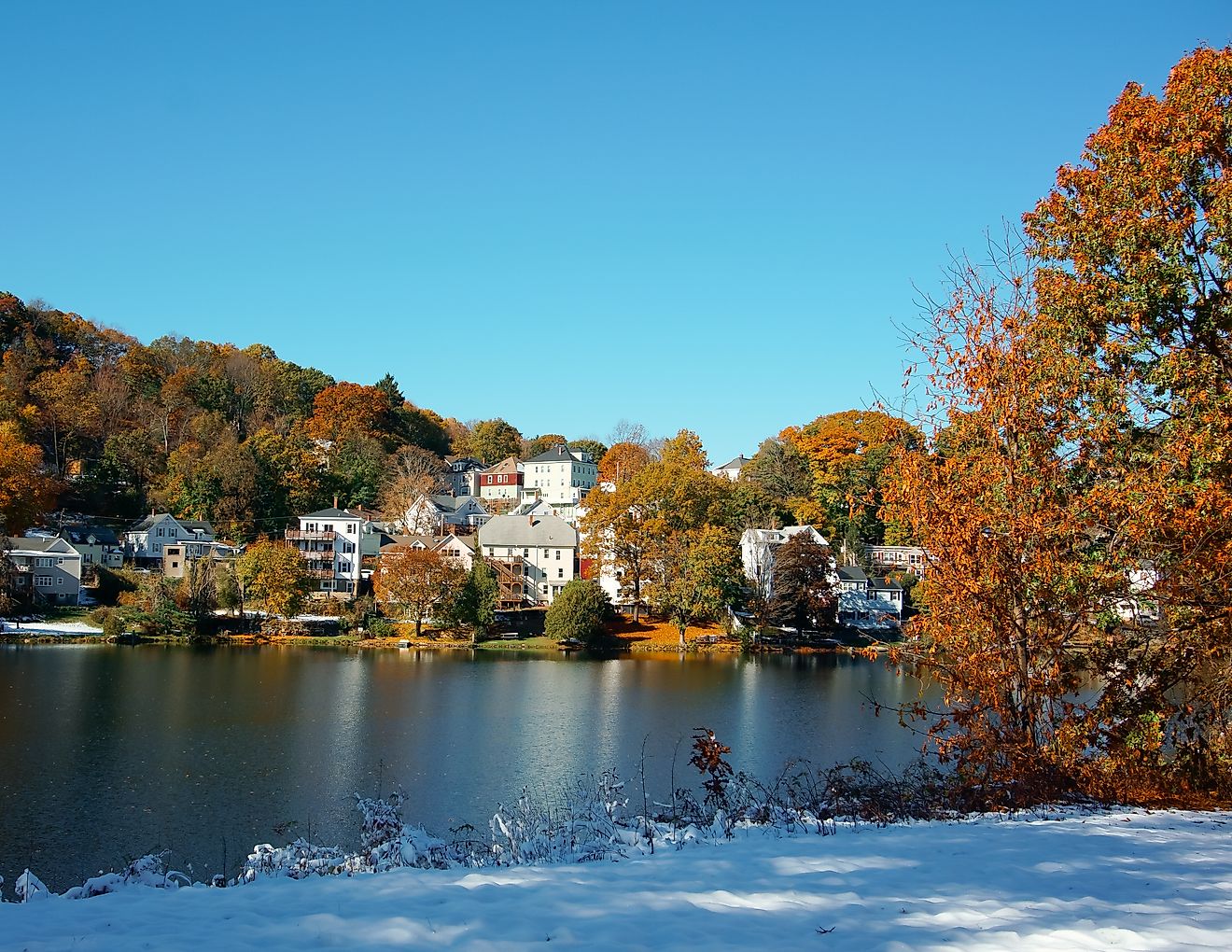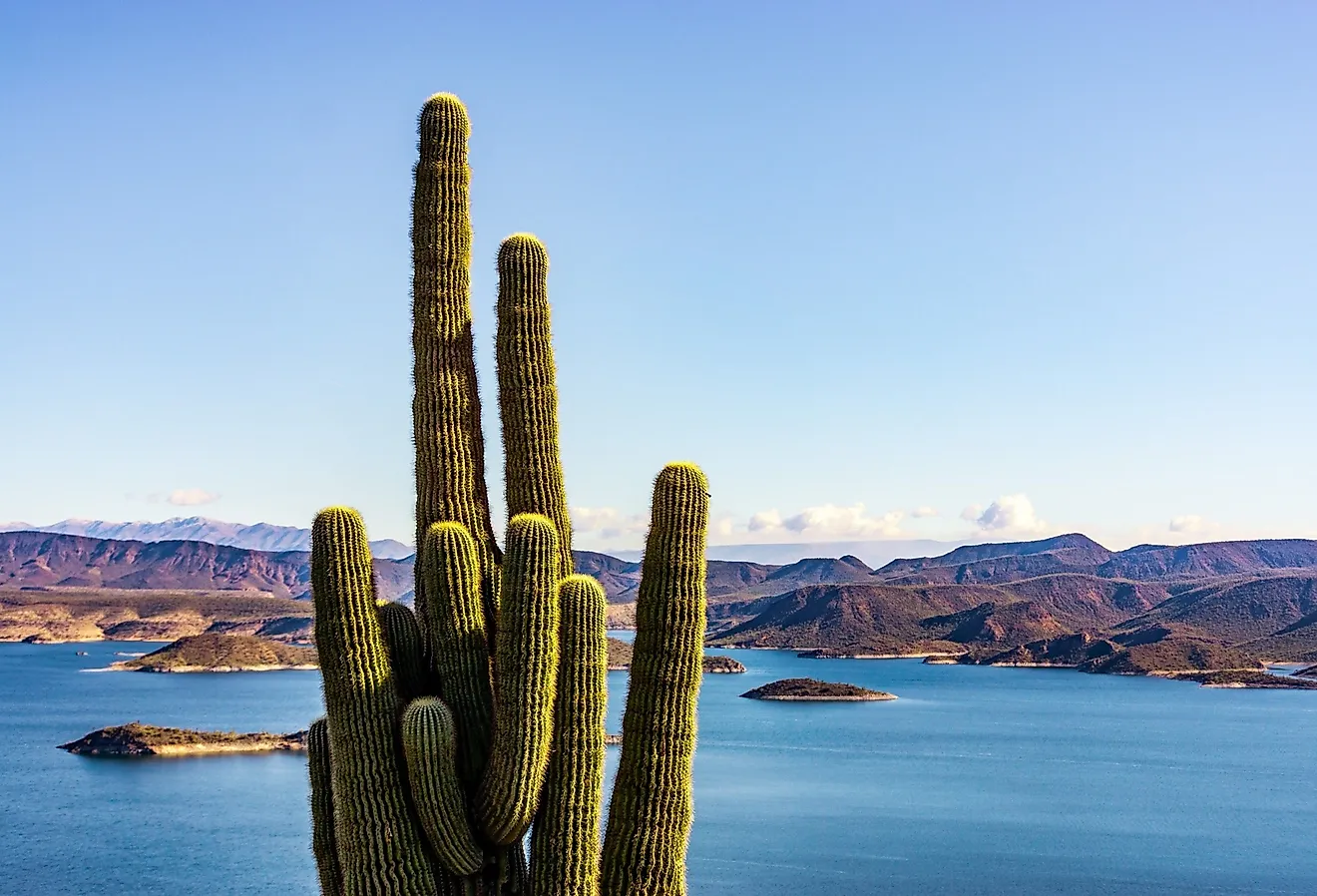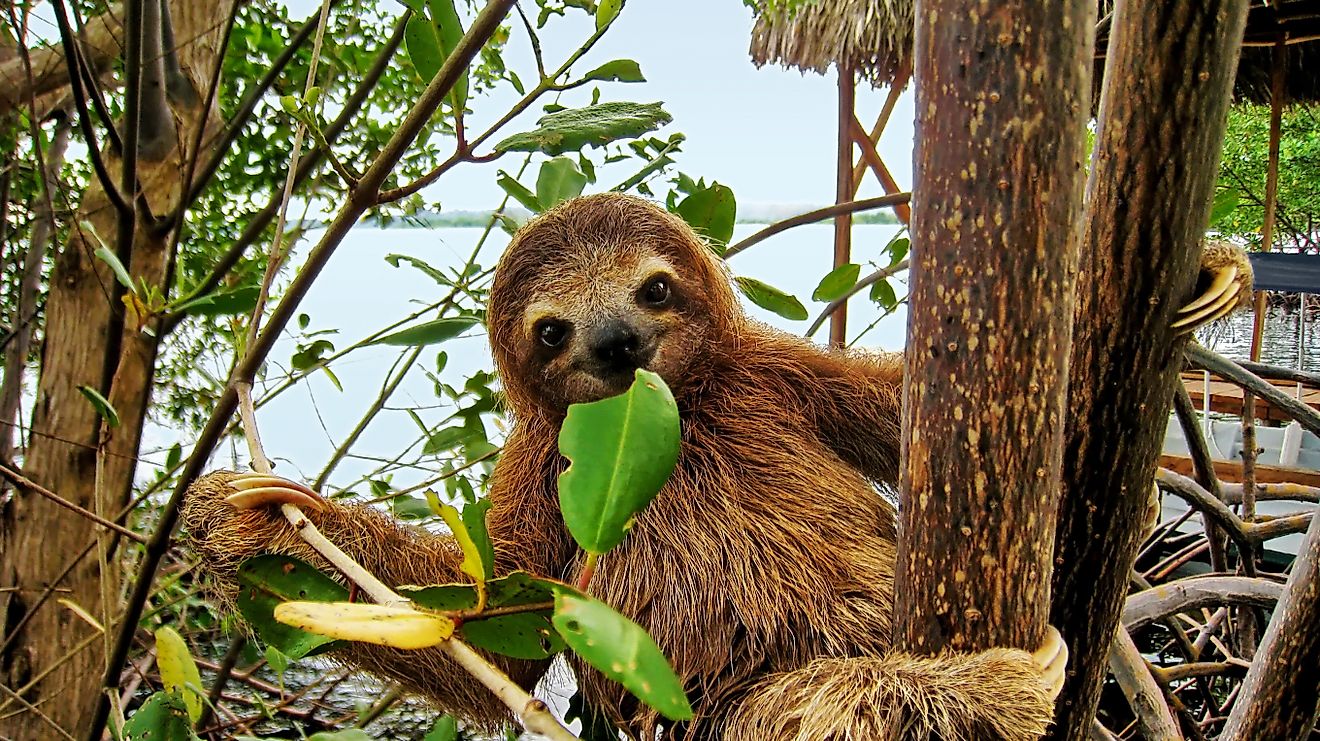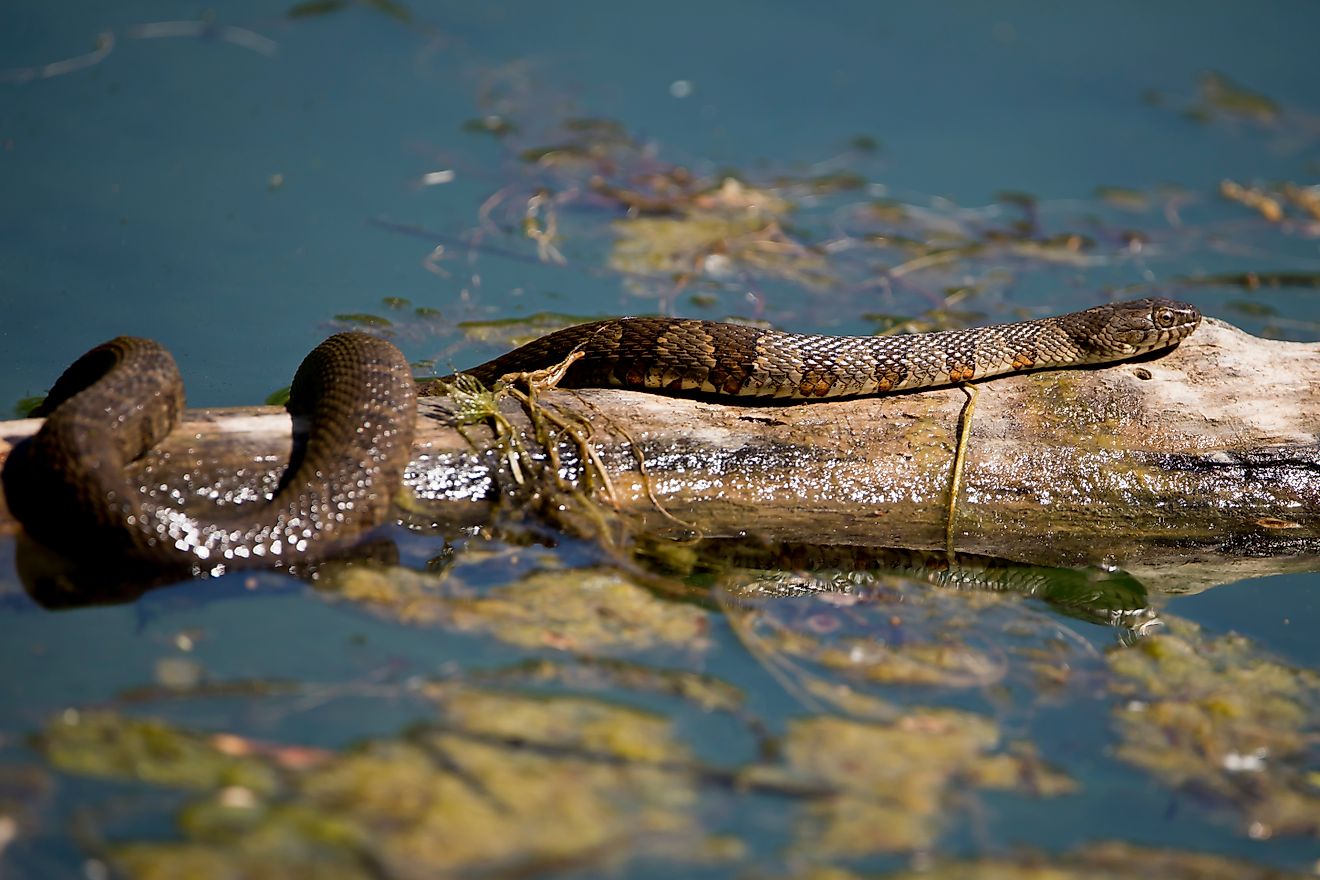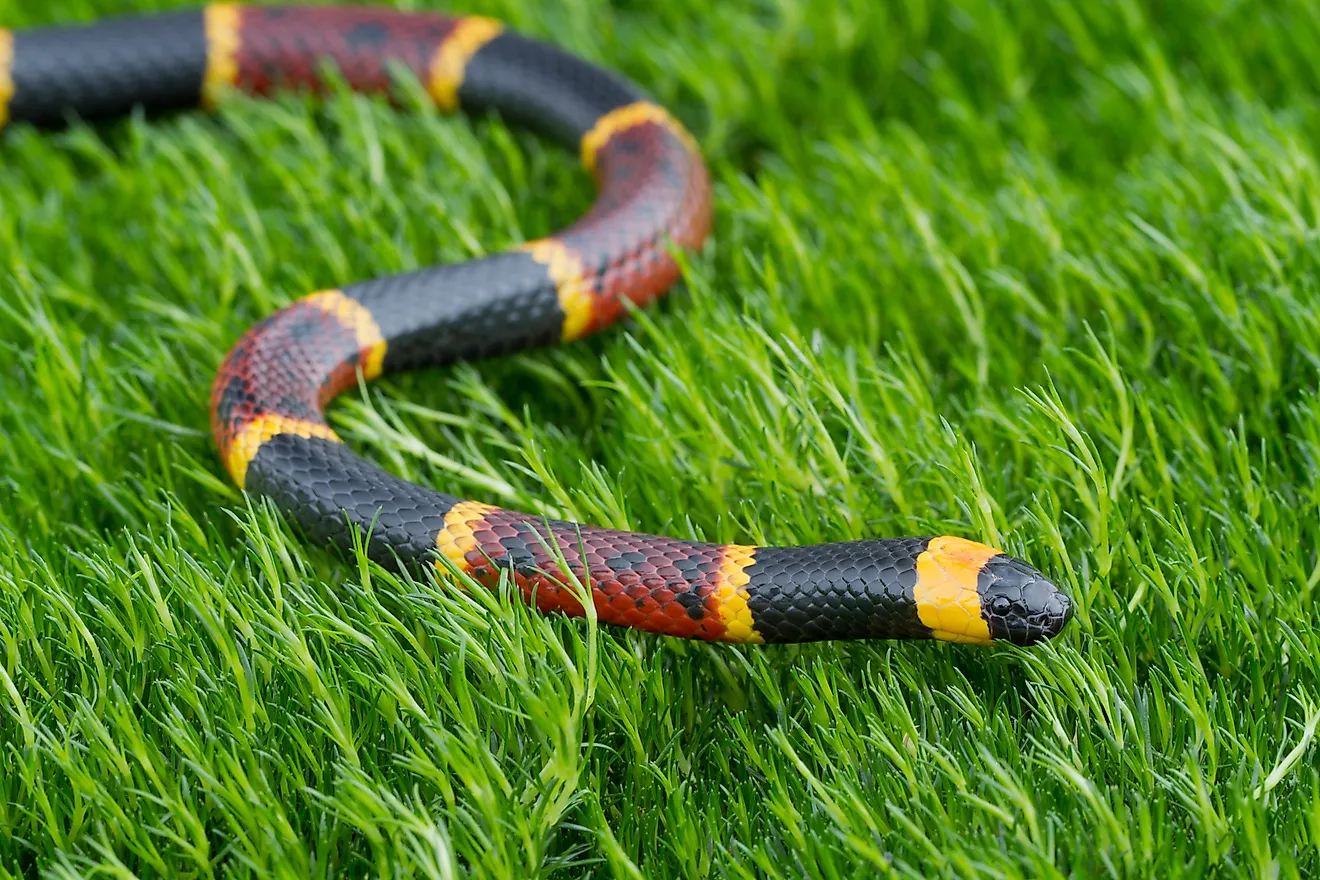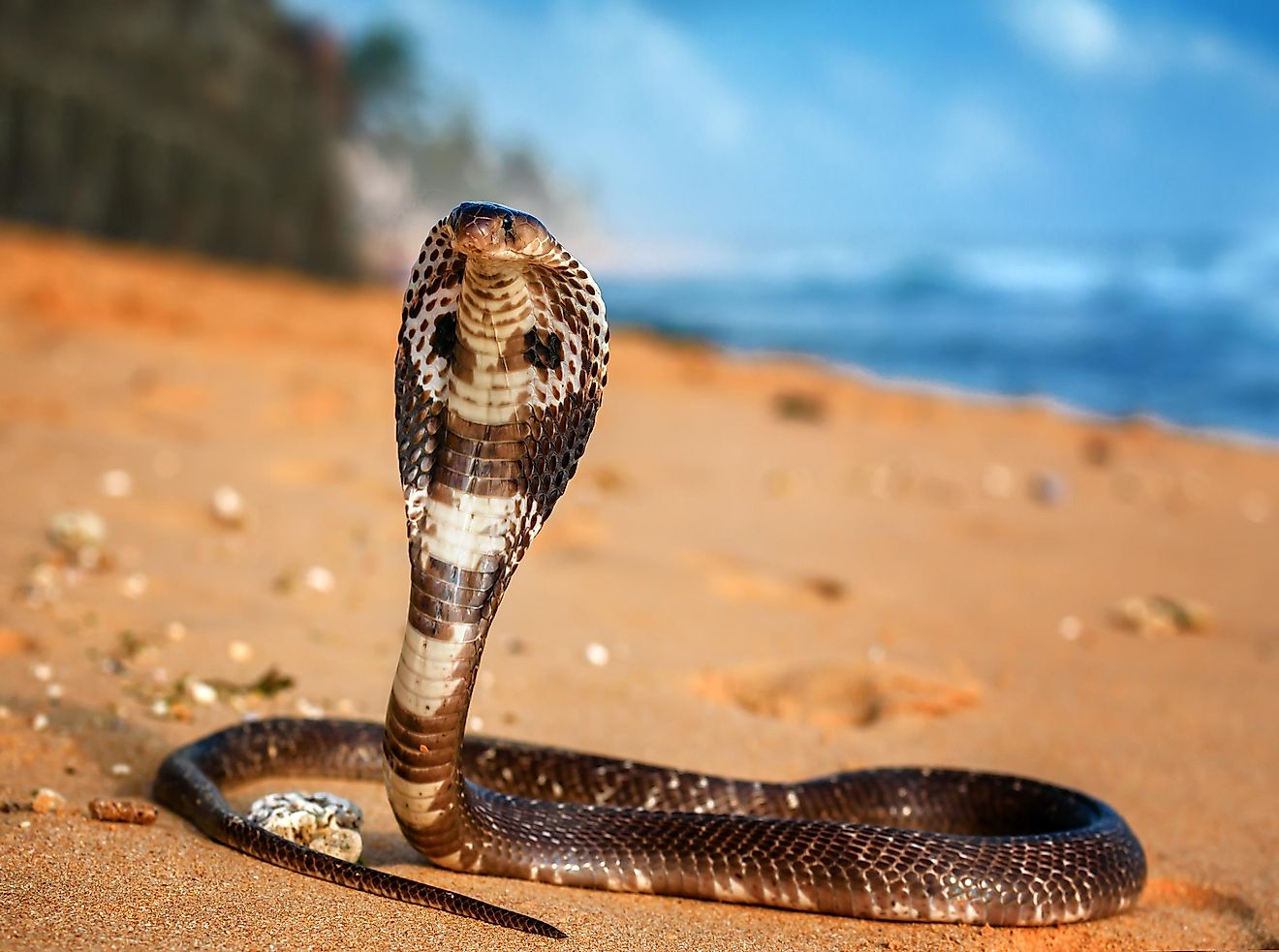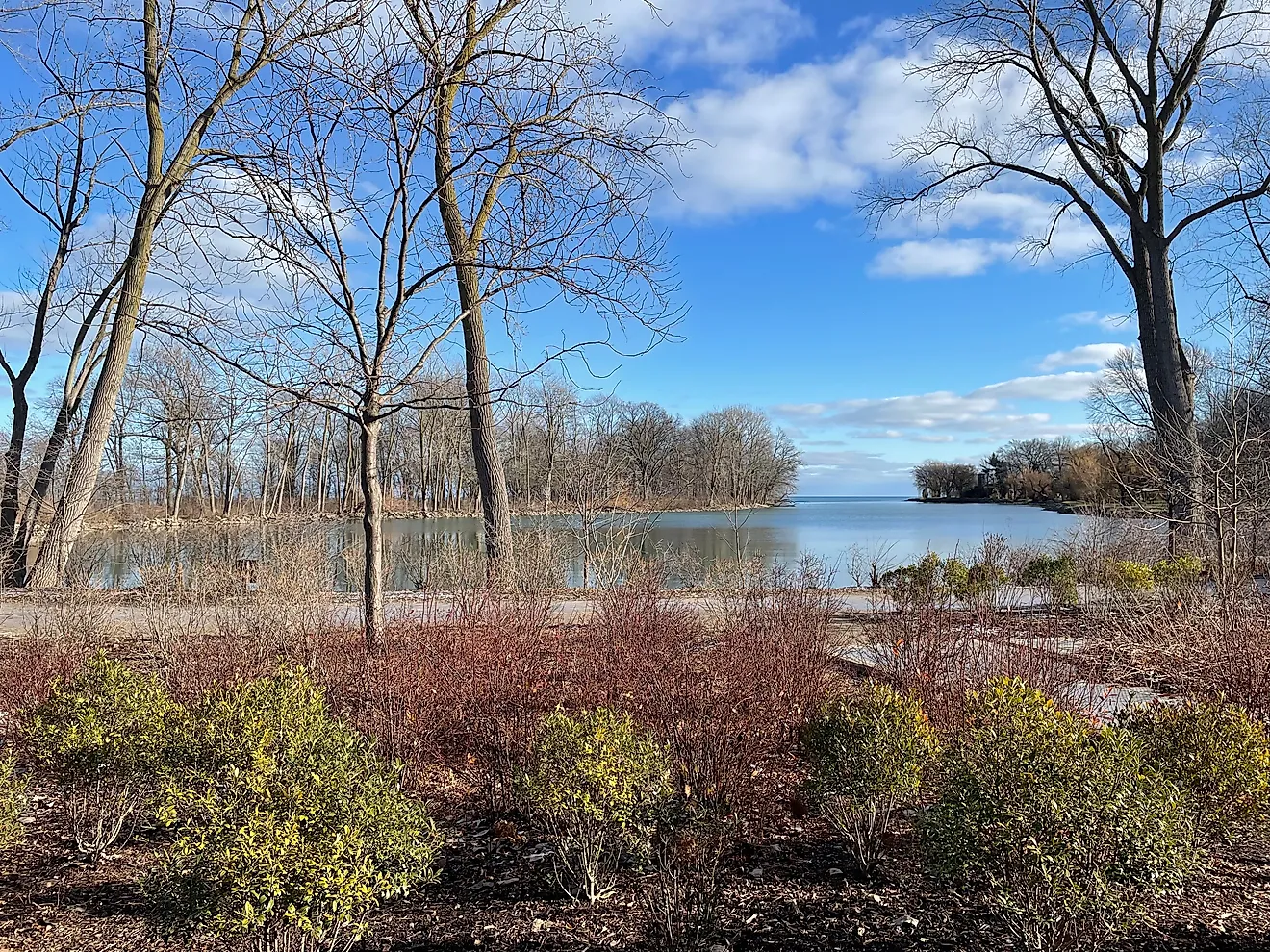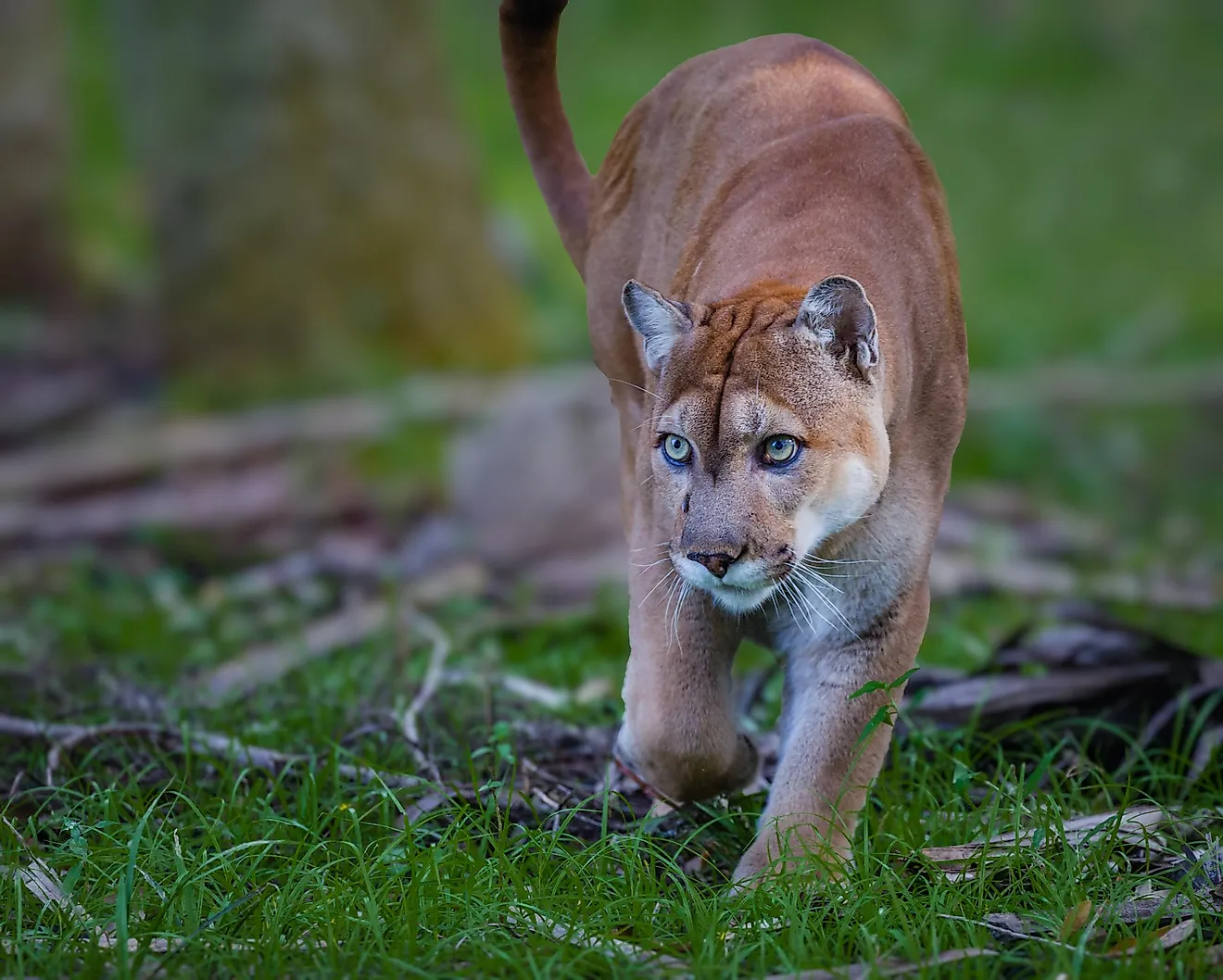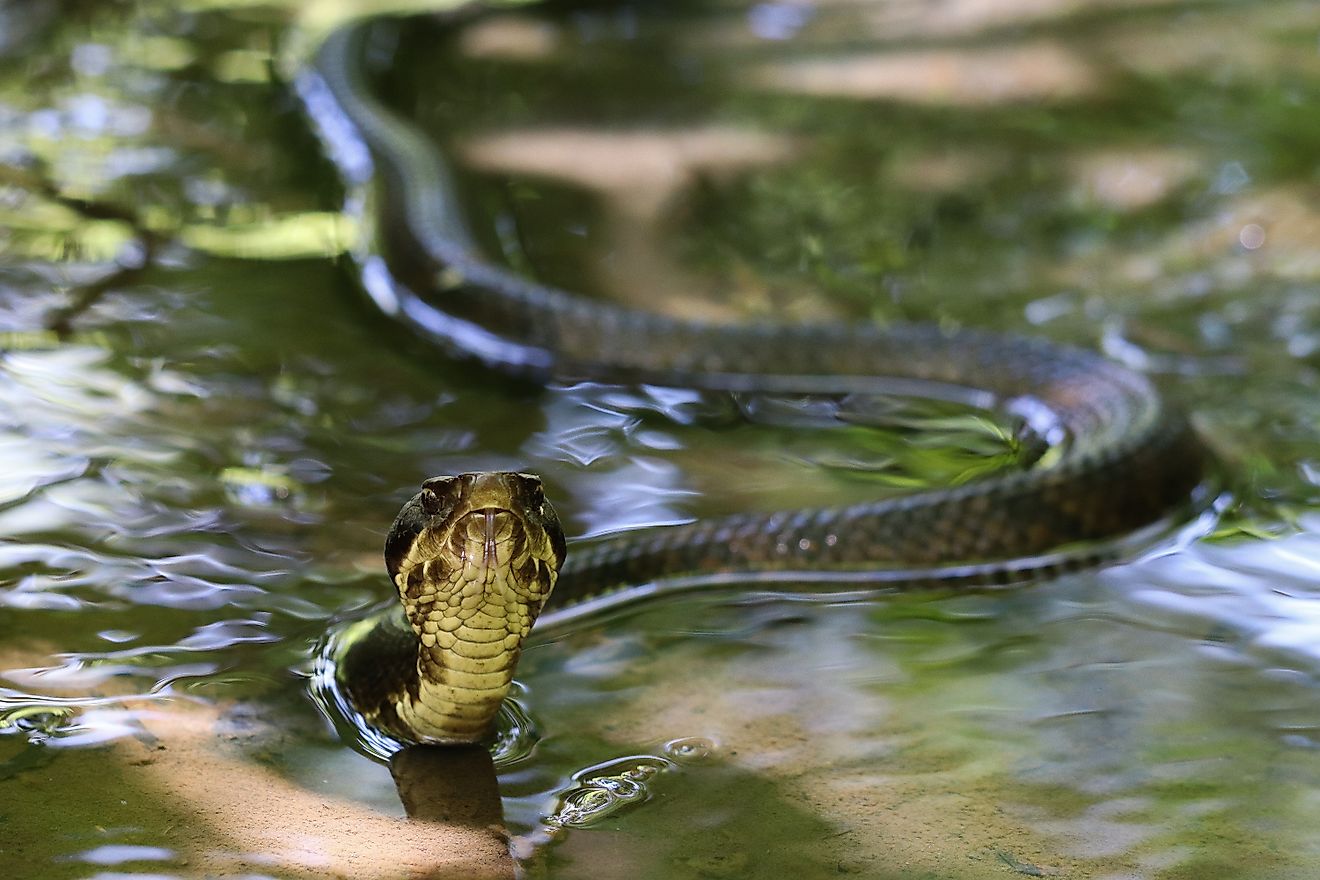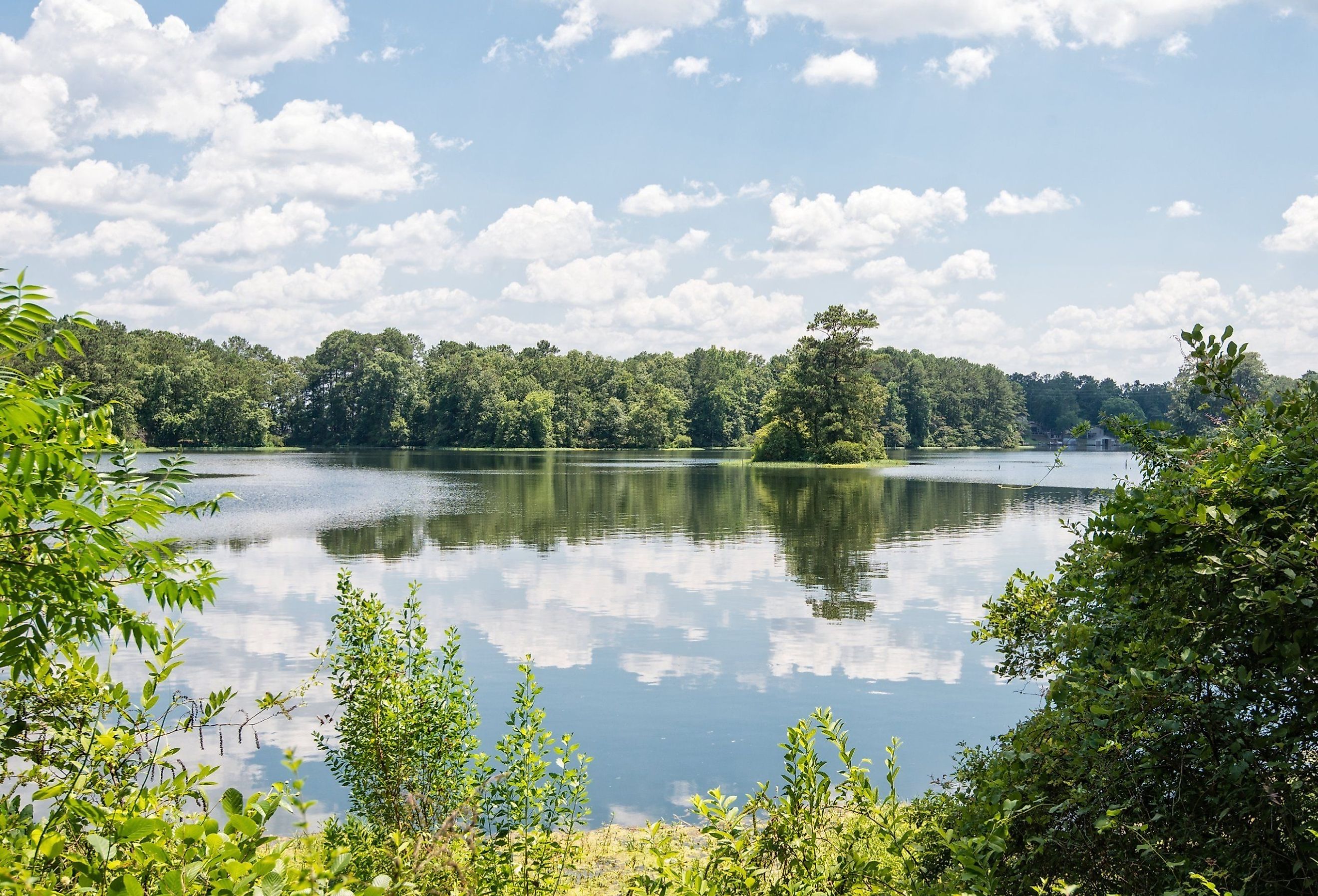
The Most Snake Infested Lakes in Alabama
Alabama is full of beautiful scenery, including the sandy beaches to the south, the wooded hiking trails of Mt. Cheaha and Oak Mountain, and the breathtaking cave formations of Majestic Caverns and Rickwood Caverns. However, Alabama has many bodies of water, from the Alabama River to Mobile Bay. Along the banks of those rivers and lakes, you can find an assortment of wildlife, including birds, fish, and many mammals. Lurking quietly among them can be a large variety of snakes. Some are harmless, but others can be dangerous if you come across them unexpectedly. Here are some of the lakes in Alabama with the largest populations of snakes.
Lake Guntersville
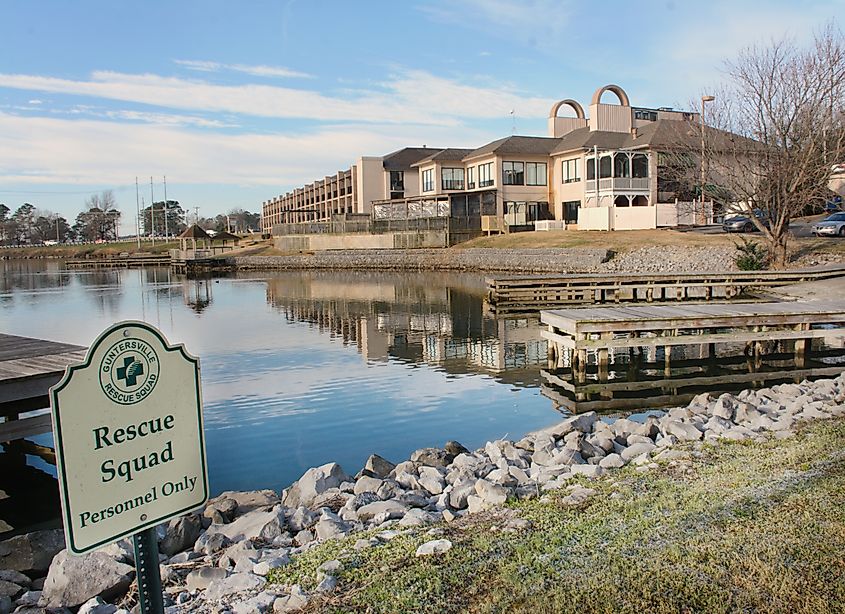
Alabama’s largest lake was created when Guntersville Dam was built along the Tennessee River. This 69,000-acre lake is home to a large population of Alabama residents, animals, and vegetation. Because of the diverse ecosystem of Lake Guntersville, it is no surprise that it is an ideal habitat for snakes. Many species living in the area are harmless, non-venomous water snakes, such as diamondback snakes. However, venomous cottonmouths also thrive in the lake’s warm waters and marshy wetlands. These snakes can be territorial and dangerous if you come upon them suddenly.
Lake Martin

One of the most popular lakes in Alabama is Lake Martin. It runs over 750 miles through Tallapoosa, Coosa, and Elmore counties. Martin Dam was built on the Tallapoosa River, enlarging the reservoir known as Lake Martin today. The dam generates electricity for a large part of the state, and the lake is a popular place for visitors to fish, boat, and swim.
Lake Martin is home to a significant population of snakes. The shoreline comprises forests, small islands, and caverns, offering a variety of habitats for the many species that live there. As in most areas in Alabama, you will find some harmless snakes along the shore and in the water. However, there are species like pygmy rattlesnakes, copperheads, and cottonmouths that you must look out for when hiking or swimming.
Lake Tuscaloosa
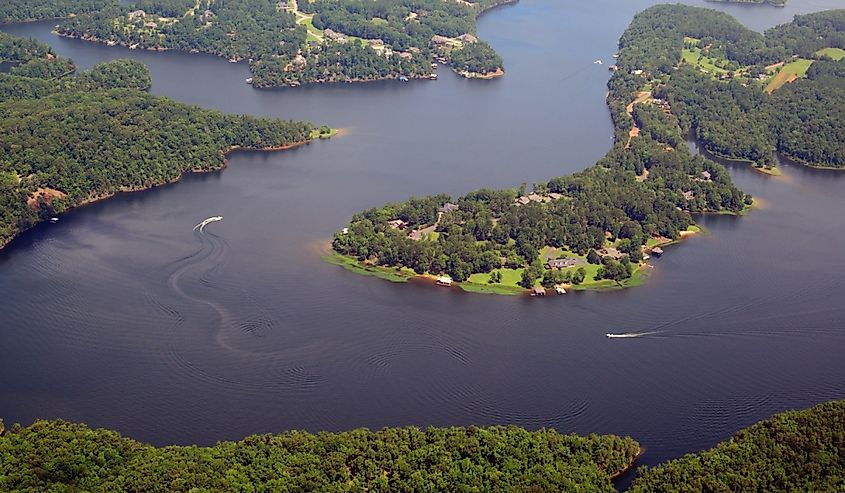
While Alabama has access to the rivers that flow through it, many of its lakes were created to provide water and electricity to the population. Lake Tuscaloosa is one of them, built in 1970 by damming the North River. Since then, it has become the home of residents who want water-front property and a place to fish and swim. It is also the habitat of many of Alabama’s wildlife.
People enjoying a day of water recreation on Lake Tuscaloosa must be on the lookout for many venomous snakes that make this area their home. Vipers like copperheads and cottonmouths are found making their home on the shoreline, so people going for a swim need to be especially careful.
Weiss Lake
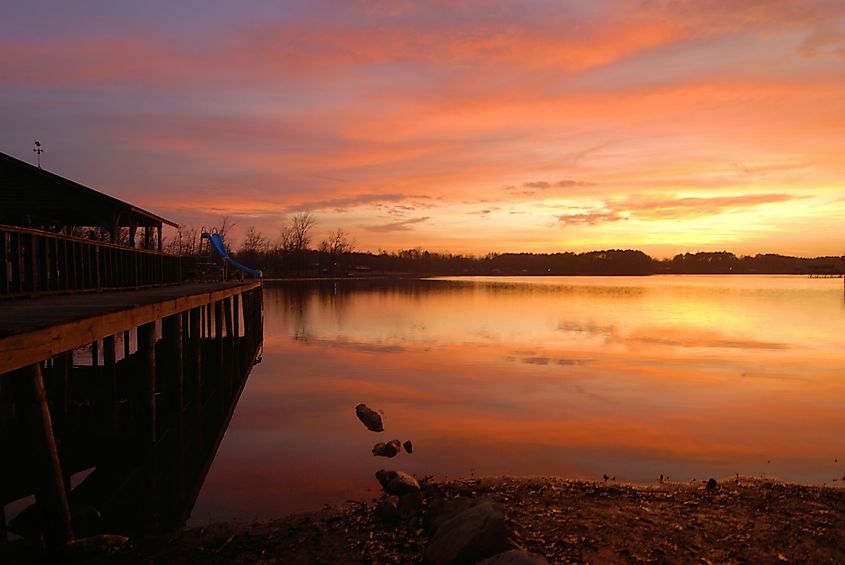
Created as a hydroelectric project in 1958 to provide electricity to portions of Alabama near the Coosa River and Little River, Weiss Lake is a 30,000-acre lake owned and operated by the Alabama Power Company. It is a favorite spot for people to fish for crappie, large-mouth bass, and striped bass.
Weiss Lake is the home to many non-venomous snakes such as rat snakes and garter snakes. However, vipers prevalent in many other parts of Alabama are also found here. Many species, like water moccasins and copperheads, make their home along the banks of the lake. If you see one, it is best to clear the area quickly.
Lay Lake
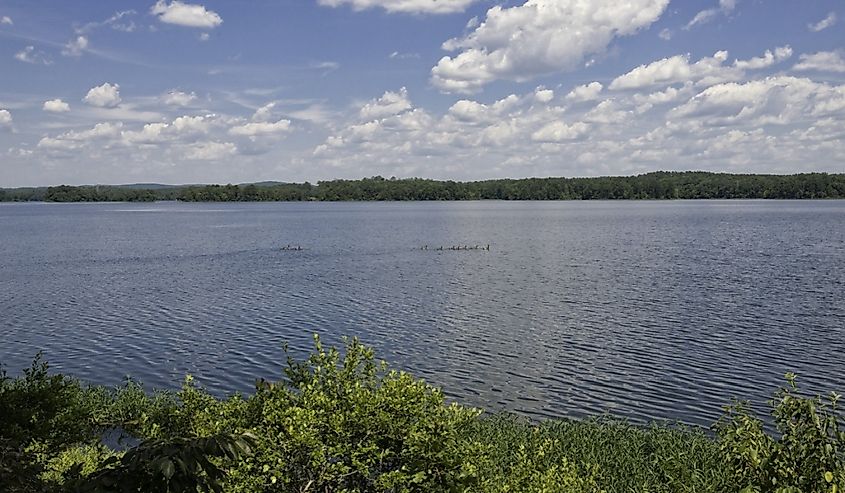
Spanning 12,000 acres, Lay Lake offers 289 miles of shoreline to residents of Alabama. It also helps generate electricity for portions of central Alabama. Fishing lovers migrate to Lay Lake to catch large-mouth bass, spotted bass, and catfish. The Bassmaster Classic has been hosted by Lay Lake several times.
Visitors to Lay Lake must exercise caution around the edge because of snakes along the shore. The warm water and diverse habitats are ideal for venomous species such as cottonmouth. Many wooded areas and marshes surround the lake, where other vipers are found.
Variety of Species
Alabama experiences hot summers and mild winters, making snake encounters possible all year. Many are non-venomous and mostly harmless. The brown water snake is common in the area and lives off small fish. It is sometimes seen sliding across the surface of the water. Other snakes, like the cottonmouth, can be more dangerous and should be avoided. Here are some of the venomous snakes found around Alabama lakes.
Water Moccasin
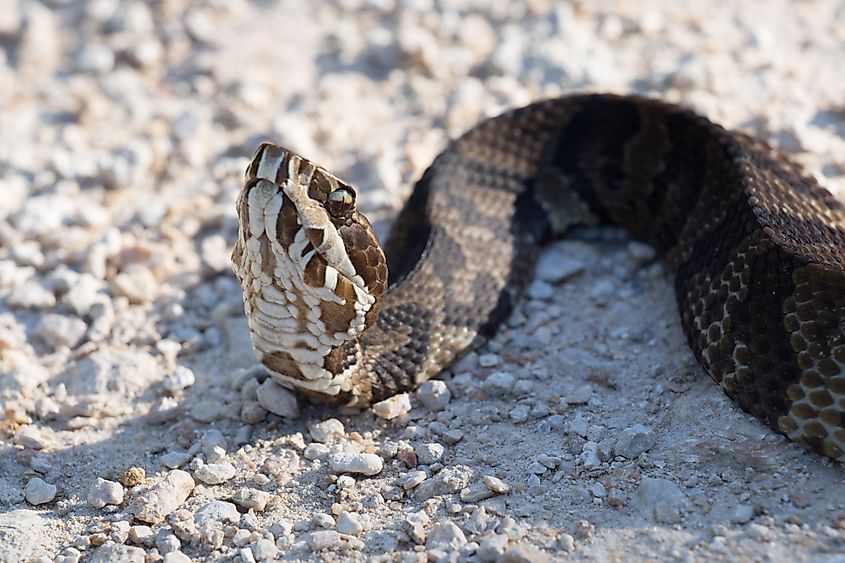
Also known as cottonmouths, these pit vipers are found across the southern portion of the United States. They get their name from the white color of their mouth displayed when threatened. They enjoy living near the water and marshy wetlands nearby. They have venom that causes extreme tissue damage and organ degeneration. It also keeps blood from clotting properly. They typically live on a diet of small mammals, frogs, and lizards. They are extremely territorial but are not generally aggressive unless provoked. Use caution when traveling where they are known to live.
If you are bitten by a water moccasin you should stay calm, lie down, and elevate the affected area so that it is level with your heart. Clean the affected area, but do not attempt to flush it out. The bite will probably not be deadly. However, the toxin can cause irreversible tissue and organ damage so seek medical attention immediately.
Copperhead
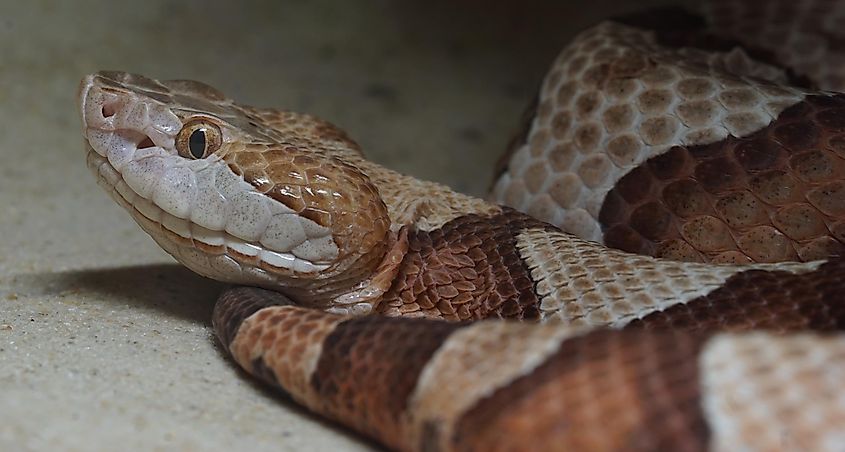
These snakes get their name from the copper color found on their head. They usually also have an hourglass-shaped marking on their body. They do not usually live in the water or along the shore. They are found around many Alabama lakes because of the abundance of woodlands. They typically live on rodents and frogs, but will use their venom on people if they feel threatened. Their venom works much the same as cottonmouths, causing small animals to become immobilized long enough to be eaten. Copperheads are usually known to be docile and will usually try to get away before they choose to bite.
Most copperhead bites are not life-threatening, though they can be extremely painful. The area should be cleaned immediately using warm water and soap if possible. Sit down and stay calm to slow the spread of the toxin until you can be treated by a medical professional.
Eastern Coral Snakes

These snakes are usually found in the southern part of the state as they enjoy the sandy areas near the coast. However, they can are found across Alabama in wooded areas. They like moist areas near bodies of water like lakes. They are reclusive and like to burrow into secret layers. However, their venom contains a neurotoxin that affects the nervous system. A victim bitten by one of these creatures may experience weakness and lose control of parts of their body. The venom could cause respiratory issues that may require the victim to be put on a ventilator.
If you are bitten by an eastern coral snake, seek medical attention immediately. If addressed early enough, life-threatening complications may be prevented.
Conclusion
While Alabama is known for its beautiful landscapes and serene wilderness, there can be a dark side. Deadly snakes live around most of the state’s many bodies of water. The cottonmouths of Lake Martin and the copperheads around Lake Guntersville are just a few of the dangers that are found when you go fishing or boating on some of the gorgeous lakes in Alabama. It is important to be aware of their presence and avoid areas where they could be. Respecting their habitat could be the key to avoiding these dangerous creatures. Clearing the area is the best solution if you see a venomous snake. However, if they attack, seek medical attention immediately to avoid further complications. And do not let fear of seeing a snake stop you from enjoying the beauty of the great state of Alabama.
